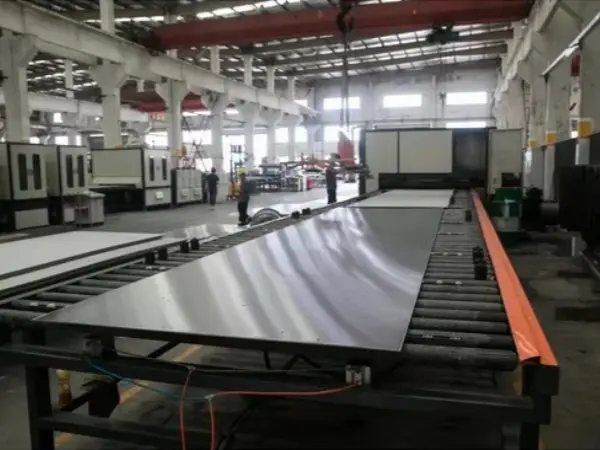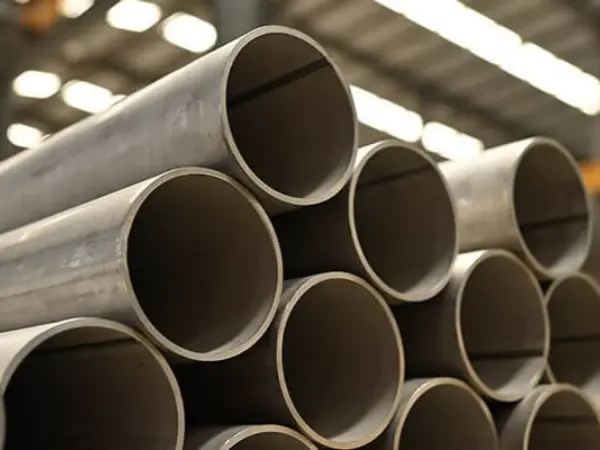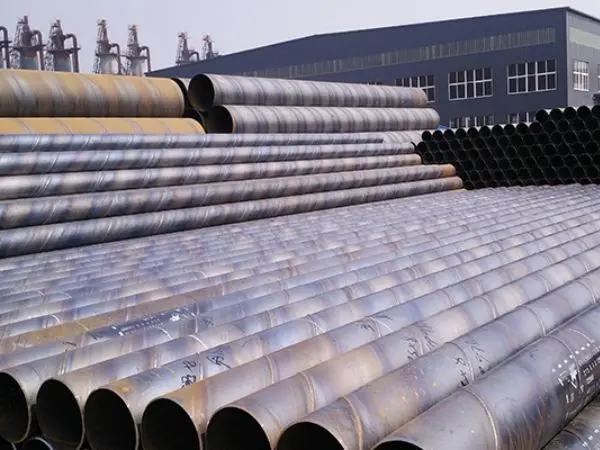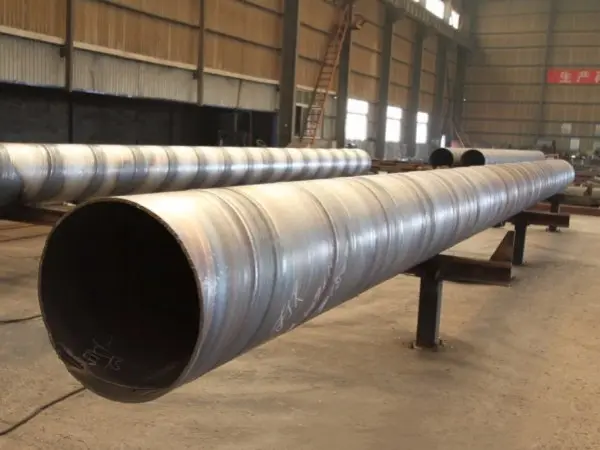- Phone0086 731 8564 8255
- E-mailsales@cscsteel-manufacturing.com
-

304 stainless steel plate is one of the most widely used and versatile stainless steels. It’s an austenitic stainless steel typically containing 16% to 18% chromium and up to 8% to 10.5% nickel. Known for its excellent corrosion resistance, heat resistance, and mechanical properties at both low and high temperatures (operating range: -196℃ to 800℃), 304 stainless steel also offers good formability for processes like stamping and bending, without hardening after heat treatment.
Once you understand the material characteristics, the next step is to learn how to choose high-quality 304 stainless steel plates. With a bit of knowledge and attention to detail, you can confidently make the right purchase and avoid common pitfalls.
Continental Steel Co., Ltd is professional stainless steel plates manufacturer, for more details, please contact:sales@cscsteel-manufacturing.com
Key Considerations When Purchasing 304 Stainless Steel Plates
1. Choose a Reputable Supplier
A reliable supplier is the foundation of a good product. Reputable manufacturers—such as Nansteel Manufacturing Co., Ltd—have mature production systems and strict quality control processes. Their products typically meet industry standards in terms of appearance and performance.
When evaluating products, check the surface quality: it should be smooth, flat, and free from visible defects like cracks, sand holes, or bubbles. Don’t forget to review the supplier’s after-sales service, which is crucial for addressing any future issues or requirements.
2. Select the Right Size and Thickness
Choose dimensions based on your application needs. For instance:
Cold-rolled plates generally range from 0.4mm to 6.0mm thick.
Ideal for precision applications like kitchen sinks (commonly 1.0mm–1.2mm).
Hot-rolled plates typically range from 3.0mm to 100mm.
Suitable for structural or load-bearing parts that require more strength.
Selecting the correct thickness ensures durability while optimizing cost.
3. Verify the Material Composition
It’s essential to confirm that the product meets the standard composition of 304 stainless steel—typically around 18% chromium and 8% nickel. These elements contribute to the material’s corrosion resistance. Request a material test report or chemical composition certificate from the supplier to ensure compliance.
4. Understand Surface Finishes
Different surface treatments serve different purposes:
2B finish: Matte silver, slight gloss; used for general industrial applications and kitchenware.
BA (Bright Annealed): Smooth and mirror-like; used in decorative or reflective applications.
NO.1: Rough surface after hot rolling, heat treatment, and pickling; used in industrial containers and structural parts.
NO.4: Brushed finish with fine texture; suitable for interior decoration, elevators, and furniture.
Choose the finish that matches your project’s aesthetic and functional requirements.
5. Compare Multiple Purchase Channels
Both online and offline channels offer pros and cons:
Offline purchase: You can directly inspect the product and talk with staff—ideal for bulk or custom orders—but prices may be higher.
Online purchase: More options and better pricing, but less direct product inspection. Choose reputable platforms and review user feedback.
Comparing multiple channels helps balance cost, quality, and convenience.
6. Check for Quality Certifications
Look for certifications like ISO 9001, CE, or other recognized quality assurance marks. These indicate that the manufacturer adheres to international standards. Avoid being tempted by low prices at the cost of quality—ensure the product is from a certified, trustworthy brand.
Conclusion
Choosing the right 304 stainless steel plate involves more than just picking a name—you need to understand its composition, finishes, certifications, and supplier reliability. By following these key points, you can ensure a smart purchase that meets both performance and safety expectations.




